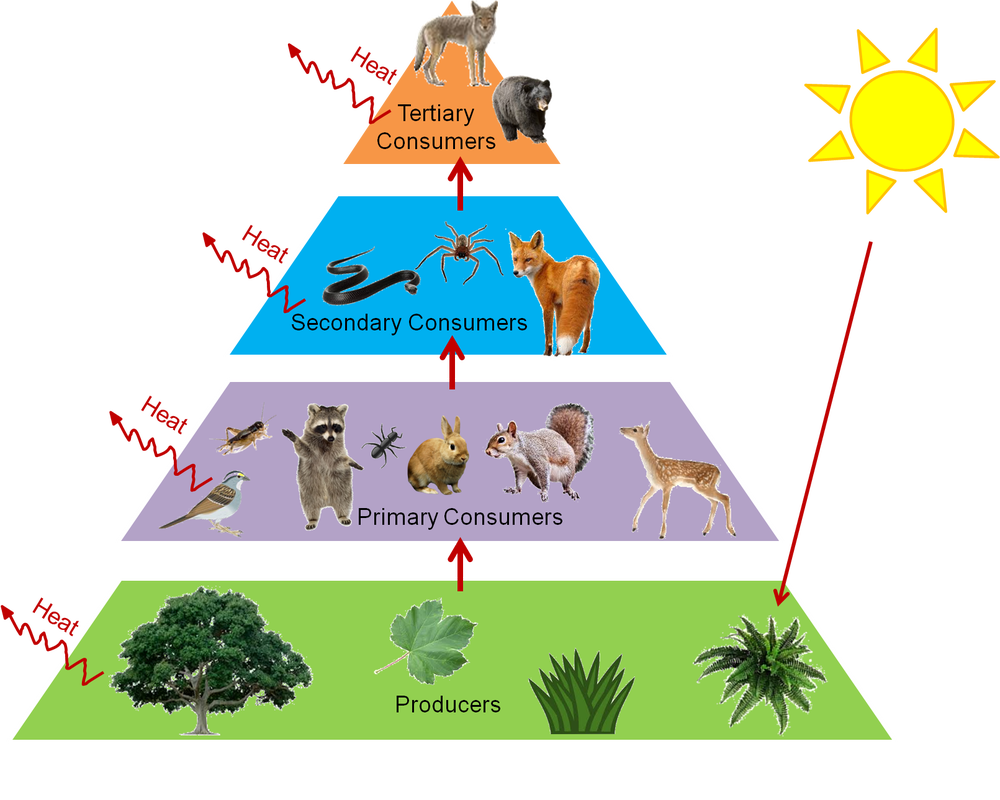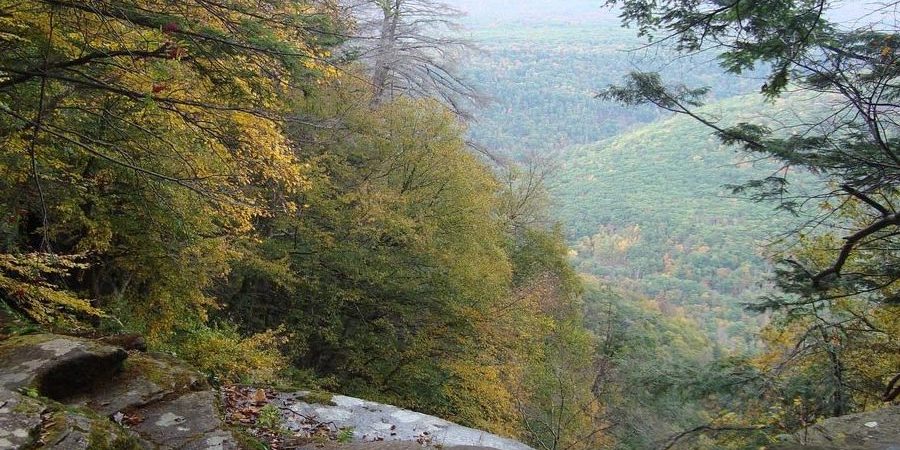A walk in the forest or in the mountains improves your wellbeing. You can breathe easily there. That’s what everybody says. But why is that a fact? How does it really work? The answer lies not only in the fresh air, serenity, silence, or physical exercise.
Phytoncides
Biologically active substances, which are derived from the cells of a major part of plants as an immunity weapon. In other words, that is how the plants protect themselves (and us) from harmful bacteria, fungi and other microorganic forms.
That is why the air in the forests (and steppes) is practically sterile – there is little amount of microbes, which, naturally, makes it a point of interest for hygienists and green activists.
There are more phytoncides in coniferous forests, than in deciduous ones. One hectare of pine forest produces about 4 kg of phytoncides per day, juniper forest – about 30 kg!
Interesting facts
Phytoncides, derived from:
- oak leaves kill germs of dysentery and typhoid fever
- fir needles have a detrimental effect on the pathogens of diphtheria and pertussis
- pine are deadly to the causative agent of tuberculosis
- cedar pine have a beneficial effect on our cardiac activity and nervous system
While we eat garlic, onion, horseradish, it is also phytoncides, doing the job of killing bacteria. Another experiments show that:
- the time it took to kill bacteria of tuberculosis for the sulphuric acid was 30 minutes, while only 5 minutes for phytoncides of garlic
- chopped cherry leaves, put into a glass jar with house flies or mosquitoes – killed them in a couple of seconds (according to professor Borys Tokin’s experiments)
- pounded cherry buds killed the most resistant mites in 15 minutes
The highest phytoncidic activity is achieved by the trees in July – the beginning of August (because at that time leaves come into their mature phase). Specifically during the summer months maximum antimicrobial performance is observed in deciduous and coniferous species of woody plants. The activity is also higher during the second part of the day, whereas an increase in relative humidity and air temperature contributes to the release of phytoncides.
Ions
Positive impact of the forest air on the human body is connected with the presence of light negatively charged ions in it, air ions. Air ions enter our body through the skin and respiratory tract.
As a result of the activity of cosmic radiation and particles, formed during the radioactive decay of elements, natural ionization occurs. Forest air is full of ions – 1 cm³ contains about 4,200 positive and negative ions, while in the city air there are only 100 to 500 of them; according to the other calculations, the concentration of negative air ions in the outdoor air is 1,000 to 10,000 ions/cm³, whereas in the indoor air the number drops to 400 – 1,000 ions/cm³.
Experiments show that up to 78% of microorganisms used to die in negatively ionized air, while it was only 23% in conditions further from natural.
The best source of negative ions are waterfalls (ions are formed better owing to water pulverization, when water drops crash against a rock) and, again, coniferous forest.
At the same time, the sources of positive ions, which are harmful for humans, are: technological processes, electromagnetic fields of high voltage networks, toxic industrial emissions into the atmosphere, dust, etc. The number of ions is also reduced by covering the ground with asphalt and concrete.
Friendly bacteria
Our health, life expectancy, productivity, etc. depend directly on the quality of the environment. Phytoncides and air ions are, certainly, not the whole picture, but only two bits, currently known to science. Everything is much more complicated. Let’s take, for example, mycobacterium vaccae – bacteria, which is a natural antidepressant; it is found in rich soil, and when a person comes in contact with it, the serotonin production is accelerated.
Here is another reason to get your hands dirty while crafting something in the woods. There are our friends, bacteria, living under the ground and also happily living inside our body … until we take antibiotics. Village people more often come in contact with microorganisms, which inhabit the soil; owing to that, apparently, they have fewer cases of allergies and other autoimmune problems.
Vitamin B12 was likely to be acquired from unwashed hands, fruits and vegetables, – from a kind of unsanitary conditions (if not from the food of animal origin). Probably because of effective hygiene, about 40% of modern Americans lack this vitamin, vital for brain health…
The similar opinions became the base of the work of the microbiologist Bret Finley of the University of British Columbia (Canada). He urges parents to allow their children to ‘eat dirt’.
‘Let them eat dirt’, or let the children play in the dirt, lie on the ground, touch worms and frogs – which is a natural children’s behaviour and provides the inevitable contact with microbes, which, in turn, enriches the body with beneficial bacteria and strengthens the immune system.
Natureholics
Man, as a life form, has evolved in the wild, so city streets, brick houses, asphalt, Wi-Fi radiation – all of this is not a natural environment for us.
For a man, as a representative of the animal world, and an inseparable part of nature, it is essential to spend as much time as possible in the environment, to which he is adapted by nature – natural one.
So what, back to the caves? No. We need to rebuild our cities, so that they have a lot more nature (Jacque Fresco and his Venus Project come to mind). Fallen leaves instead of asphalt, like in the forest? This way it will be tidier, that’s for sure, – have you seen how clean the forest is, even during the bad weather? But nobody cleans it, right?..
And while we do not have cities like that, everyone can make their choice: the house further from the city centre, and closer to the national park in the countryside. Or even better, near the mountains, the Carpathians.
For modern people it becomes less and less important to crowd the cities – technology allows us to live outside the city and work remotely, enjoying, at the same time, all the benefits of civilization.
Let’s remember, nature is awesome
Nature is the hostess on this planet, and we are her children. Not vice versa.
I genuinely believe that plants are the most perfect form of life on our planet. Plants are producers – organisms, which produce organic compounds from simple substances.

Throughout the time of their long existence, plants have learned to live without harming others, not at the expense of other forms of life. There are some exceptions, but evolution is probably working on them, so they will ‘soon’ become extinct. Even vegans kill living beings, whereas plants need only basic elements: solar energy, air, water, soil, a place under the sun (perhaps that’s not all, what they need, but still). And, at the same time, how much they selflessly give to others: oxygen, food, coolness, moisture, shelter, fuel, various materials and substances, even themselves.
Our body knows what it needs, so we, natureholics, are driven to the forest. Take a walk in the woods or mountains this weekend! Don’t wait until springtime:)
And most importantly: join us in the preservation and restoration of nature.
Author: Artem Nedria
Translation: Roksolana Domanska







